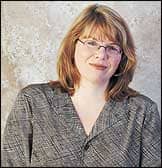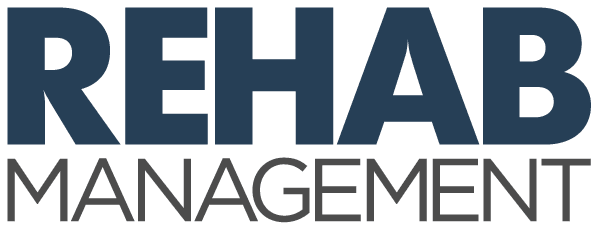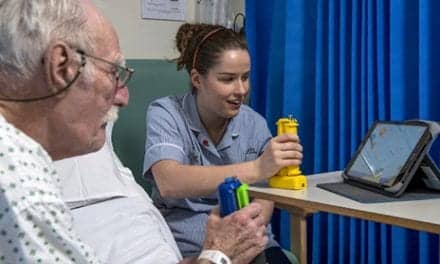 |
As everyone knows, life can change in a heartbeat, as it did for my family on Mother’s Day 1980. After an afternoon of gardening, my father came into the house for dinner, appearing to be completely disoriented and confused. The first impression was he’d spent too long in the warm California sun—until he began disrobing in front of the dinner guests, repeating the words: “I must elbow so I can sing.” Something was definitely wrong. We quickly had him sit and asked what was going on, but he did not understand, nor did he recognize the family members gathered around him. Fortunately, my cousin recognized stroke symptoms and we called 911. Once in the emergency department, it was determined that my father had, indeed, suffered a severe stroke. For him, and our entire family, everything had changed forever.
Eventually it was determined that Father experienced damage to his brain’s temporal lobe, resulting in a fluent aphasia (speaking in long sentences, mixing words, not saying what was meant), called Wernicke’s aphasia. Individuals with this condition—like my father—often show no body weakness (as their brain injury is not close to the movement-controlling areas of the brain). However they experience extreme difficulty understanding speech and are therefore often unaware of their own mistakes in speaking).
According to recent statistics released by the American Stroke Association, an estimated 700,000 Americans each year suffer a new or recurrent stroke, and more than 150,000 of that number die (a figure that includes men, women, and children). That makes stroke the number three cause of death in the United States, following heart disease and cancer. In addition, Americans will pay about $62.7 billion in 2007 for stroke-related medical costs and disability.
What is also cause for concern is that most individuals still do not recognize the warning signs, which include: sudden numbness or weakness of the face, arm, or leg (especially on one side of the body); sudden trouble seeing in one or both eyes; sudden trouble walking, dizziness, and loss of balance or coordination; sudden, severe headache with no known cause; and sudden confusion, trouble speaking or understanding (which would be beneficial in helping someone, like my father, who is experiencing an aphasic stroke).
That is why there must be an increased national and local effort to launch awareness of stroke and its prevention and treatment through advocacy, education, and public programs.
If patients receive treatment quickly after suffering a stroke their chances of suffering a subsequent major stroke are cut dramatically, and, primarily through physical rehabilitation efforts, which should be undertaken as soon as possible after the occurrence, the recovery process can begin. Here is where the team of rehab specialists—physical and occupational therapists, speech-language pathologists, and nurses—becomes an invaluable element in helping overcome stroke-related physical limitations.
With the help of a patient and dedicated speech-language therapist, Father made impressive strides relearning how to speak and participate in a conversation. Still, he never recovered enough to return to work or participate in many of the activities he had enjoyed prestroke—which led to constant frustration throughout the rest of his life. I cannot help but think that had there been a greater stroke awareness at the time, my father would have been able to resume a rich and satisfying life.
—Rogena Schuyler Silverman
For more information on stroke and stroke prevention:
- National Stroke Association: www.stroke.org
- American Stroke Association: www.strokeassociation.org



